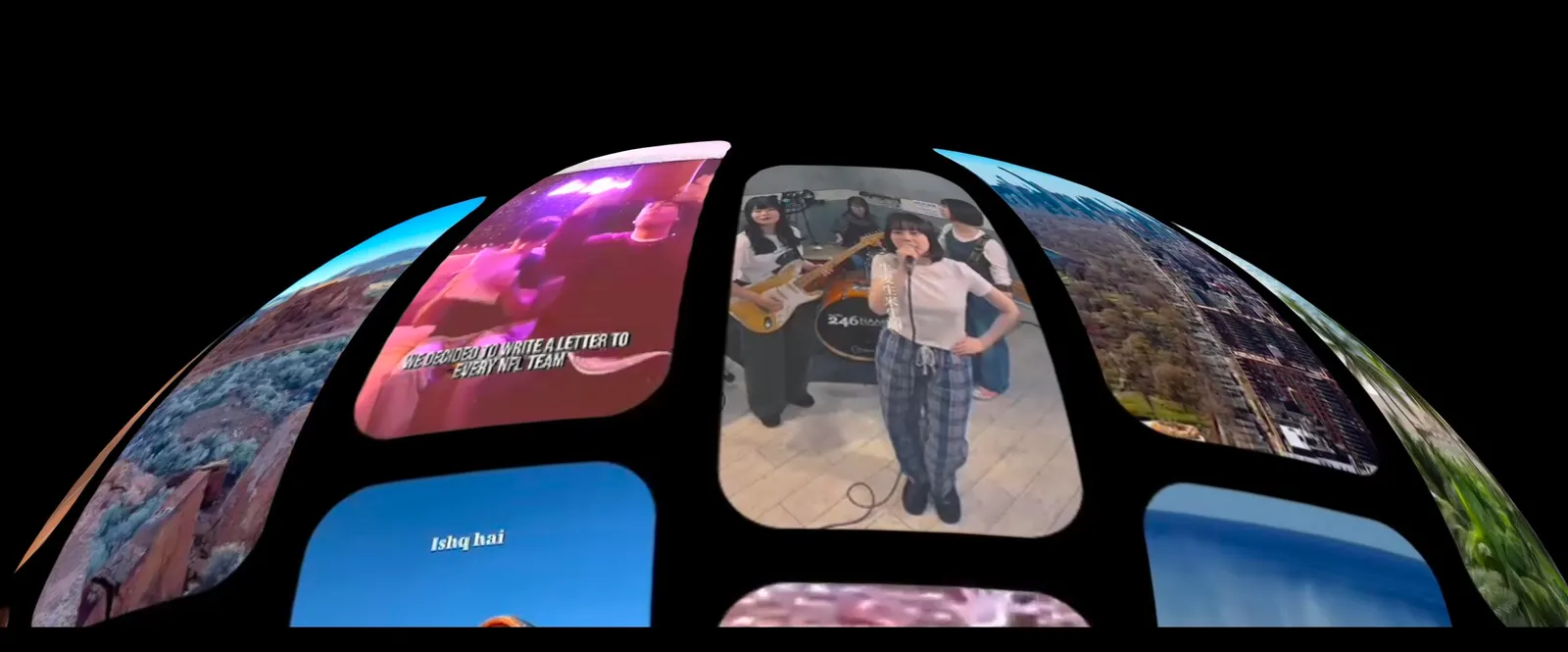While walking through the Urban Outfitters on Mill Avenue or even the H&M in Tempe Marketplace, students might find themselves stuck in a predicament of what clothing sizes actually fit.
At ASU, the diversity of people and body types is vast. Stella Borzoni, a freshman studying digital marketing, said young girls and women can struggle with body positivity surrounding clothing sizes, which may then affect their self-esteem.
“I remember just crying, having that feeling of feeling so bad in my body because I can’t wear these clothes that all the other girls are wearing,” Borzoni said. “It is such an issue within the fast fashion industry that needs to be talked about.”
READ MORE: Fashion’s dirty secret: Cheap clothing and its towering environmental cost
According to a 2022 study from the University of New Hampshire, clothing sizes can affect a person’s self esteem both positively and negatively, which also has to do with the beauty standard of that time.
“I started developing quicker as a young teenager, and I would have to shop for the women’s section,” Borzoni said. “I wouldn’t be able to shop for teen clothes and wear the cute, trendy clothes that all the other girls were wearing.”
Brennan Hogue, a freshman studying English writing and rhetoric, said in a written statement that the fashion industry’s ignorance of body diversity is a factor of what makes clothes shopping so hard, especially for women.
“As someone whose size in clothes tends to fluctuate a lot it’s difficult when I know what size I should be at one store but it’s a different measurement at another store,” Hogue wrote in the statement. “I have a lot of medical issues that tend to cause my weight to significantly decrease fast … it’s hard to remind myself that all sizes are healthy.”
Avi Nallasamy Karunanithi, a graduate student studying software engineering, said variations in sizing is a huge reason that well-fitting clothes can be so difficult to find, and it seems to be more common with bottoms.
“Sometimes a 28 and a 30 fits but in another store they’re like ‘Oh no, you’re a 45,'” Nallasamy Karunanithi said. “It’s so disappointing when I actually take my size and I’m like ‘Oh, okay, let me take a 32 to 36,’ and then I go to the try-on room and it doesn’t fit … The whole process is all so frustrating.”
According to a 2023 research study by Binghamton University, beauty standards can create insecurities about features like body shape, acne and weight.
With insecurities, comes revenue. According to the study, parts of the fashion industry — like the clothing industry — may rely on these insecurities to push capitalism and profit.
Yet, as beauty standards fluctuate, the fashion industry changes. Brands like Torrid and Eloquii have been praised for being more inclusive of all body types, but there is still room for improvement.
“All the stores should follow (shoe sizes), rather than going on design and material, because when it comes to shoes we are fine,” Nallasamy Karunanithi said. “No matter what brand you go to, an 8 is an 8 … I think clothes should also follow some standard rather than every single brand having their own measuring scale.”
Edited by Kasturi Tale, Senna James, Tiya Talwar, Sophia Braccio and Pippa Fung.
Reach the reporter at jhamil33@asu.edu.
Like The State Press on Facebook and follow @statepress on X.
Jen HamiltonEcho Reporter
Jen Hamilton is a freshman studying Journalism and Mass Communications with a minor in Political Science. This is their first semester with The State Press.


